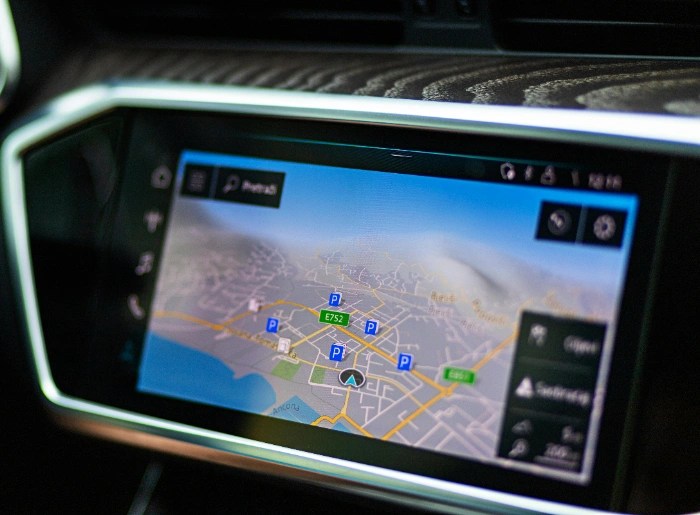While the condition of roads remains questionable for the most part, India is set to introduce a new way to collect toll taxes from drivers on the road. The new system, which will be a Global Positioning System (GPS) based toll system, will take effect from May 1, 2025, across the country. The new system is claimed to be more efficient than FASTag and is expected to replace it. It aims to provide faster, more convenient, and cost-effective options for toll payers.
Table of Contents
ToggleNew GPS-Based Toll System From May 1, 2025
Goodbye FASTag, Hello GPS Based Toll System
The FASTag system was an efficient one introduced in 2016. It used Radio Frequency Identification (RFID) technology, enabling travelers to pay their toll electronically. The FASTag, affixed to the traveler’s vehicle windshield, automatically deducts the toll from their bank account or digital wallet.
The National Payments Corporation of India (NPCI) had introduced new rules for FASTag that were effective from February 17, 2025. However, the government has decided to do away with the FASTag system just months after introducing new rules. Instead, it aims to implement a new GPS based toll system.
How The GPS Based Toll System Will Work
The upcoming GPS based toll system will integrate Global Navigation Satellite System (GNSS) technology to track vehicles. As the GNSS will track the vehicle, it will calculate the distance it has traveled on national highways and will deduct the toll accordingly.

This approach ensures that travelers only pay for the distance they travel, promoting transparency and fairness. The National Highways Authority of India (NHAI) will be in charge of rolling out this new system.
Vehicles will be equipped with On-Board Units (OBUs) that track the vehicle’s movement on national highways using GNSS technology. These units will then calculate the distance that the vehicle has traveled on national highways.
Accordingly, a certain toll amount will be deducted from the bank account or digital wallet of the driver. This approach will eliminate the dependency on physical toll booths, making road travel significantly faster and more convenient.
Initially, NHAI will implement the system solely for commercial vehicles, such as trucks and buses. They will test the system for any technical or logistical errors before extending it to private vehicles.
The government insists citizens keep a tab on the latest developments of this new system and ensure that they install the OBUs. The government will step forward for assistance and offer instructions for the installation of these units.
Benefits And Concerns Of GPS Based Toll System
The GPS-based toll system will have accurate data on the vehicles it will track, including the vehicle registration number, driver’s information, as well as the location history of the vehicle.
The Indian Regional Navigation Satellite System (IRNSS) is India’s satellite navigation system. This is what the GNSS technology will depend on to keep a track of the vehicles. The body has ensured that data collected by the GNSS technology will stay inside national borders.
While the statement doesn’t satisfactorily address privacy concerns, there are certain benefits of this system.

- Distance-based toll: Drivers will only pay for the distance they travel, ensuring fairness and transparency
- Reduced congestion: The new system will eliminate the need of physical toll booths, greatly reducing traffic bottlenecks on national highways
- Enhanced transparency: Automated toll deduction system and real-time tracking will ensure that human error and corruption is equal to none
- Boosted sustainability: A smoother traffic flow will ensure that vehicles will emit lesser emissions, making it a more sustainable effort
Summing Up
While there are certain privacy concerns about the new GPS-based toll system, it will mark a shift in the way travelers commute. The new system will greatly reduce traffic congestion, make toll collection easier and transparent, and make commuting more sustainable. Effective May 1, 2025, it will be worth noting how the new system is implemented throughout the country in the initial phase.




